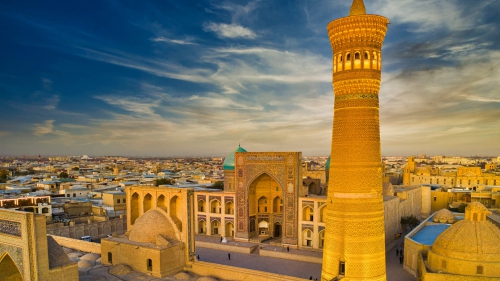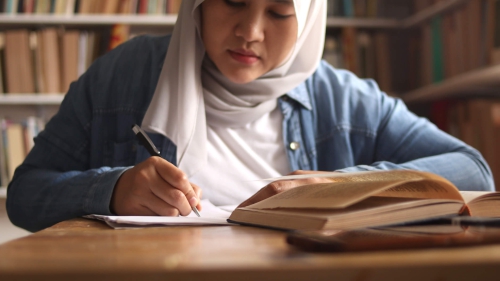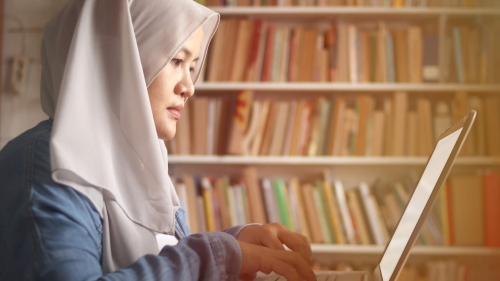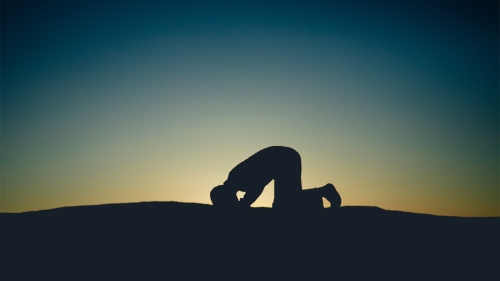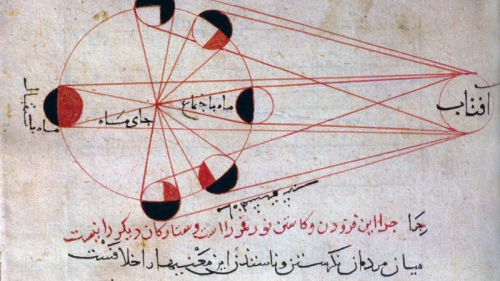Islamic Housing and Critical Thinking
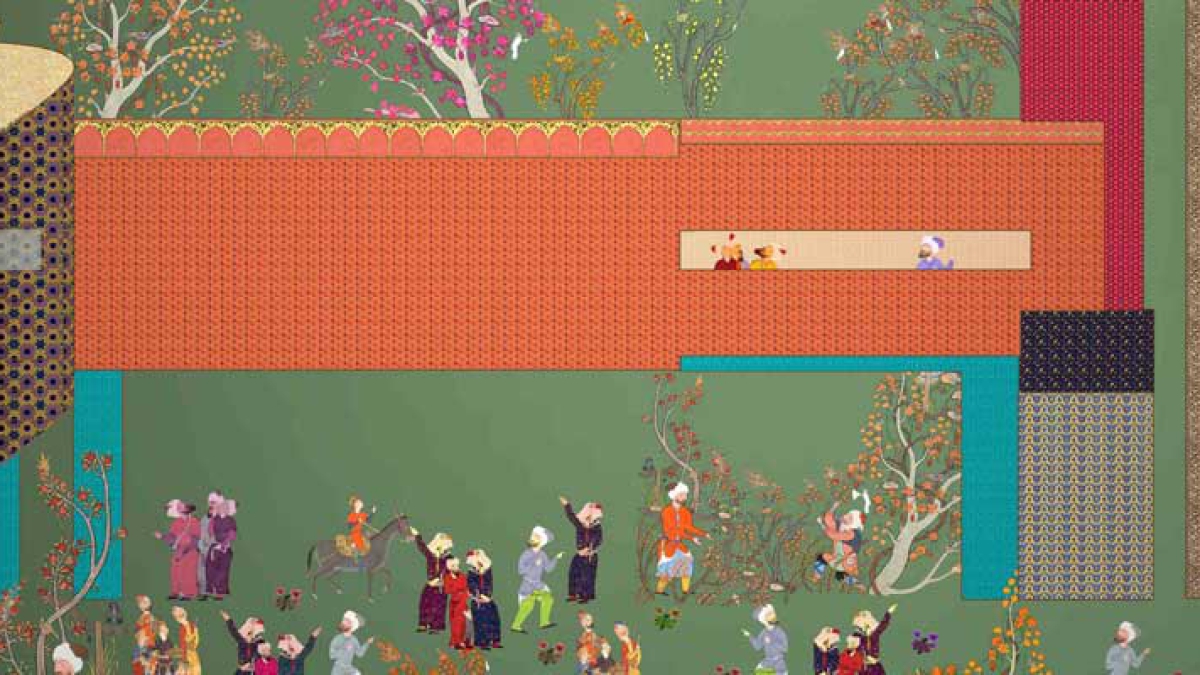
It is paramount that Muslims, while holding fast to the guidance of the holy Qur'an and the Prophet's sunnah, critically and thoroughly examine both their past and present-day conditions, the findings of which will have to constitute the core of their educational systems, socio-economic and political philosophies, as well as any reformatory and revivalist tendencies and movements. Such an ethos will shape their unique and respectable identity, and the identity of all that is associated with them.
As a segment of studying Muslim history and their society, studying the history of Islamic housing will enable Muslims - professionals and users alike - to critically and aptly analyze the causes and conditions which led to abandoning the housing systems and styles which epitomized the belief system, values and ideals of Islam, in favor of some other philosophies, values and principles. They will be in a position to grasp the extent of the relationship between a regression in Islamic housing and the other Muslim social, political, economic and spiritual setbacks, one influencing and aiding the other. They, furthermore, will be able to critically assess and come to terms with the conspicuous insufficiency of authenticity and genuine value of present-day housing styles and systems which Muslims have adopted. Certainly, in terms of Islamic housing, a serious and in-depth self-evaluation is urgently needed at all levels of the Muslim presence. What Muslims need today is a culture of critical, independent and visionary thinking, as well as a culture of an audacious initiative, creativity and change. What is needed is a culture of comprehensive excellence, as well as a culture of intellectual and cultural enlightenment and elevation. What is needed, when all's said and done, is to translate the teachings, values and principles of Islam onto life realities, because all of the above-mentioned factors that are required, are what Islam promotes and stipulates as the prerequisites for the creation of a genuine culture and civilization. Anything put forth other than this is a distorted, or at best, a questionable, version of understanding Islam. Islam, it follows, promotes a keen following in religion, and in equal measure, it promotes endless innovation and originality in civilization, an integral part of which is the built environment with housing as its nucleus.
It defies logic that some housing systems, designs and styles were excellent for many centuries and then, suddenly, they started to seem obsolete, old-fashioned and impractical. For example, how come that the concepts of the Islamic Arab, Turkish and Malay houses were the ideal solutions for hundreds of millions of people in the Arab, Turkish and Malay lands, and for hundreds of years, satisfying their unified religious and diversified cultural, environmental and climatic prerequisites, but today such concepts have become outmoded and irrelevant? As a result, we dismiss such outstanding and total housing solutions and styles of the past as merely traditional and vernacular, reducing them to museums, pages of history books and, at best, to some rare appearances in some remote indigenous regions where the currents of the Western one-dimensional materialistic modernization is yet to arrive and sweep everything away. Isn't it better for Muslims - for example - to be true to themselves and talk about modernizing, adapting and modifying their housing styles and designs which proved excellent and compatible for centuries, without compromising the philosophy, soul and fundamental qualities of such styles and designs, rather than to let themselves, their culture, history and more than a few fundamental religious precepts down, and irresponsibly embark on importing some alien housing styles and designs which stem from foreign philosophies, ideologies and cultures?
If, admittedly, some of the Islamic housing styles and designs somewhat failed to cope with dramatic changes in the Muslim world during a couple of last centuries, and were sluggish and irresponsive to rapid advancements in modern science, technology and engineering, that in no way renders them outdated, worn-out and worthless. The problem simply was part of a bigger picture; it was part of a total decline in Islamic society and its cultures and civilization. Thus, the matter of Islamic housing in a recent history ought to be viewed, approached and solved as such, that is, as part of a bigger picture, or a problem. The problem, as a matter of fact, was never that of Islamic housing. The problem always was, and still is, linked to Muslims and how they actually coped with and responded to the growing Westernization and colonization challenges that targeted their culture and identity. Successfully restoring Islamic housing today, as both a concept and tangible reality, therefore, can only be viable if the same is regarded as part of a wide-ranging Islamization initiative. It cannot be treated independently, away from the rest of major Muslim problems and challenges.
Indeed, the main reason for the Islamic housing problems is many Muslims' ignorance of Islam and the history of its peoples, coupled with their abandoning of many fundamental values and laws of Islam, prolonged colonization and the onslaught of the Western materialistic and hedonistic modernization and culture. The reason is a drastic change in the mind-set and attitude of many Muslims, their feeble and shallow intellectualism and wisdom, as well as their poor and disoriented, or even completely flawed, spiritual leanings. Consequently, in terms of housing, the situation became disturbingly so pathetic. Many Muslims became so impaired by the causes of the fall of Islamic culture and civilization, and were so blinded by the disingenuous and shallow alternatives which were served instead, that they eventually became incapacitated from seeing how inappropriate and inconsistent their imported housing systems, designs and styles were. They could not see that such designs and styles were foreign, some even looked very weird and awkwardly improper when juxtaposed with the backdrop of the Muslim contexts, and, due to the enormous importance of housing in life, those foreign housing designs and styles clearly served as a hindrance to a Muslim reawakening and a proper acculturation.
It is truly amazing why we can't see and then properly judge these things, but we can see very clearly and can properly judge many other aspects of our cultural and civilizational conscience. For example, if a person in a tropical or a hot-dry desert climate, with his own unique weather conditions, indigenous culture and religious preference, were to completely abandon his native dress style in favor of a foreign one, which evolved as a result of the impact of sets of totally different indigenous cultures, religious preferences and weather conditions, such as, for example, the cold continental four-seasons ones -- that would appear to most people as weird, impractical and even ridiculous. Everyone will be able to see that and know why. This would be so because the newly adopted style of clothing of the person in question would betray the requirements of local cultures, local environmental factors and weather conditions. The person's behavior would be regarded as absurd and unnatural, hence improper. It simply would not go well with the overall conditions of the milieu in which he lives. The adopted dress style would eventually cause the person a feeling of discomfort, incongruity and incompatibility.
Thus, if a person walks under the scorching sun in the streets of -- for instance -- Dubai, Doha, Kuwait City, Riyadh, Cairo and Khartoum, all representing the hot-dry desert climate, or in the streets of Kuala Lumpur and Jakarta, both representing the hot-humid climate, and he wears, for instance, a dress that is normally worn in the places of the cold continental four-seasons climate, his actions would be regarded -- and rightly so -- as eccentric, mismatched and by some even ridiculous. In most of the mentioned cities, furthermore, if an adopted foreign dress style clearly violated some clear-cut rulings of Islam, it would be regarded as offensive and disrespectful to the beliefs and sentiments of a majority of population. An immediate change, or an adjustment, to the dress style, would, in all likelihood, be required from the person in question in most of the mentioned cities.
At the same time, however, adopting a foreign housing design and style, partly or completely, in the same Muslim metropolises, which evolved somewhere else in the West as a result of fluctuating, often wintry, continental weather and other environmental factors, foreign cultural orientations and penchants, as well as different belief systems incompatible with Islam - that, unfortunately, will not be regarded as strange, unsuitable and ridiculous a course of action. To make things worse, there will be even those who would perceive that as a sign of modernization and progress. The proponents of this phenomenon would normally espouse that Islam either has nothing to do with the matter in question, or it does to some extent but there could be no out-and-out conflicts and discrepancies between the two.
Moreover, while a foreign dress style that does not respect the Islamic tenet of covering the 'awrah (parts of the human body that must be properly covered in certain situations and under certain circumstances) will be frowned upon by many and in most of the referred to Muslim cities, a foreign Western housing style and design which not only does not respect the subjects of the 'awrah of the body and the 'awrah of the family institution and human life in general (various levels of the privacy right among the family members and visitors), but also through its design and layout it promotes their outright violation - that, in contrast, will rarely be frowned upon, let alone rejected and substituted with better and more appropriate alternatives.
Also, as another example, if a person within the unique cultural, environmental and religious contexts of his life were to completely abandon his native cuisine in favor of a foreign one, which evolved as a result of a totally different cultural, environmental and religious contexts, his actions too will be looked upon as weird, inappropriate and ridiculous.
Undoubtedly, this principle of inevitable diversity, due to the diversity of life contexts and conditions, applies to virtually all aspects of culture and civilization. It even applies to the ways people conduct their political, economic, social, family and leisure activities. Calling for unity and standardization in sheer cultural matters would be extremely unfair and aberrant. It would be tantamount to betraying the human nature and instinct. Thus, people ought to be always mindful of cultural and life diversities and their inevitability, in turn appreciating, conforming to, and trying to get the best out of it for the sake of ensuring their earthly wellbeing.
That virtually everything in human life, including the way people look like and the languages they speak, is greatly influenced by natural elements, i.e., by the way the heavens and earth have been created, Allah, the Creator and Sustainer of everything, says in the Qur'an: "And among His Signs is the creation of the heavens and the earth, and the variations in your languages and your colors: verily in that are Signs for those who know." (al-Rum, 22) Placing the words "the variations in your languages and your colors" after the words "the creation of the heavens and the earth" implies that the ways the heavens and earth have been created and function hold sway over the ways people conduct much of their lives. As there are permanent and immutable rules and laws of physics, similarly, there are permanent and immutable rules and laws of culture as well, as there are permanent and immutable laws and rules of human ethics and morality, etc. From this unity of truth, which is akin to the roots and trunk of a healthy tree, springs out diversity of cultural and civilizational expressions and achievements, which is akin to the brunches, leafs and fruits of the same tree. Each brunch, leaf or a fruit is independent, a world on its own, however, they all are tied to the same source, the tree's roots and trunk. Undeniably, unity in diversity is the ethos and the trademark of Islam and its tawhidic worldview.
The words "verily in that are Signs for those who know" in the above-mentioned verse from the Qur'an, represents an invitation to man, Allah's vicegerent on earth for whom everything thereon has been created and to whom everything has been subjected, to explore and at the same time adhere to those Signs, i.e., the permanent laws and paradigms of life. The same Signs (laws of existence) man is to scrupulously observe and conform to in all of his dealings and pursuits while on a quest for the realization of his honorable earthly mission. Man is not to rebel against, or to defy, his own nature, and the nature of things that surround him. Man, and everything that he does, must at all times be realistic, rational, "natural", and nature, or creation, friendly.
*****
Dr. Spahic Omer, a Bosnian currently residing in Malaysia, is an Associate Professor at the Kulliyyah of Architecture and Environmental Design, International Islamic University Malaysia. He studied in Bosnia, Egypt and Malaysia. His research interests cover Islamic history, culture and civilization, as well as the history and philosophy of the Islamic built environment. He can be reached at spahico [@] yahoo.com; his blog is at www.medinanet.org.
Related Suggestions
Why limit yourself to housing? Why not to transport? Camels are no longer popular in Arabia. Toyotas and Rolls Royces are the transport in Arabia.
Why limit yourself? Many Arabs in Arabia using western jackets and ties along with some Arabian clothes. Vow. Arabs and muslims wearing Christian noose (i.e., a tie).







